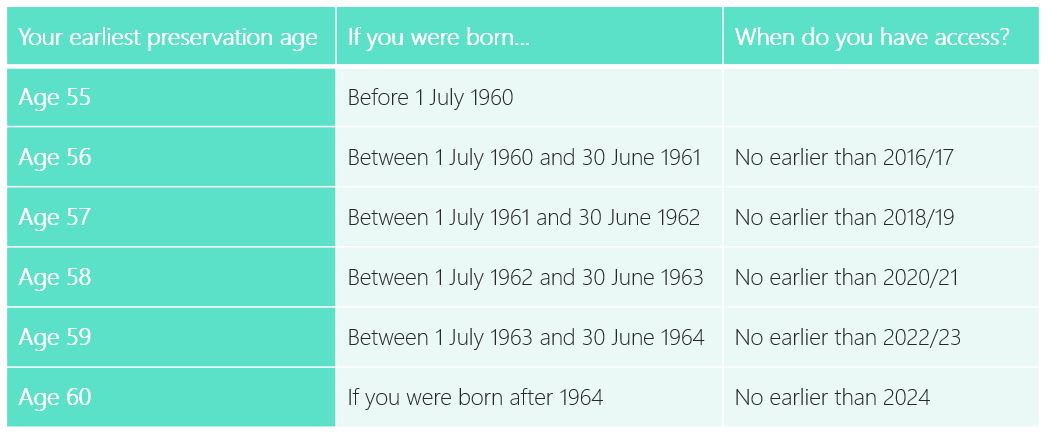
Contribution restrictions also apply pertaining to your ability to make personal concessional contributions. You can only make personal concessional contributions if you have income derived from work activities. If you do not, the only concessional contributions you can receive will be from a legitimate employer.
As a minor, you are entitled to receive a death benefit pension from the superannuation of either of your parents and be treated like a dependant for tax purposes on any superannuation lump sum death benefit.
If you're in an SMSF, you now must be appointed as a trustee in your own right. This means that you take on all the legal responsibilities of being a trustee of an SMSF.
You can also make personal concessional contributions, irrespective of your work status, providing you have enough taxable income to claim the deduction.
You no longer automatically meet the tax definition of dependant for death benefit purposes and, as such, any death benefit you might receive cannot necessarily be in the form of a pension and could pay lump-sum tax.
This is another trigger that relates to the tax definition of dependant. If you are a full-time student or a child who is financially dependent on your parents up to this age, you may receive their superannuation death benefit tax-free.
Most child death benefit pensions also need to cease, with the balance paid out as a lump sum death benefit.

You automatically satisfy the condition of release and can now access your superannuation, via a lump sum or pension, irrespective of whether or not you are still working. Historically 65 was the pension age.
This is also the age when downsizer contributions can become an option for disposing of a principal residence.
There are additional rules that apply for people who wish to make certain types of contributions to superannuation. Specifically, you will need to pass a work test (40 hours in a 30-day consecutive period). This restriction does not apply to certain types of contributions, such as Superannuation Guarantee and downsizer contributions.
Currently, you cannot the bring-forward rule for non-concessional contributions.
The only types of contributions that are acceptable are those that are made in accordance with the Super Guarantee by your employer or in accordance with an industrial award. There is small leeway period, 28 days after the month in which you turn 75, to make final contributions. Beyond this date, no personal contributions can be made.
As you can see, there are significantly different opportunities and hurdles to consider as you age, and your superannuation matures with you.
For fortnightly insights, follow our podcast SMSF Adventures with SuperConcepts hosted by Jessica Griffith as she speaks to some of the greatest minds in the industry, to deliver the information that matters.
Follow the show on Spotify or Apple Podcast.
To learn more about how our range of SMSF services phone us on 1300 023 170 or request a call back.
Alternatively click through to view our range of services for trustees, accountants and advisers.